Still Cold in Your Puffy Coat? The Real Reason You’re Freezing (and How to Fix It)
I’ve been working with fabrics my entire career, from high-end custom clothing to the nitty-gritty of technical outdoor gear. And I see the same thing over and over: people drop serious cash on a beautiful winter coat, yet they’re still miserably cold. They’re frustrated, holding a jacket that looks perfect but just doesn’t deliver.
In this article
Here’s the truth: it’s almost never the coat’s fault. The real problem is a fundamental misunderstanding of how warmth actually works. Fashion advice is great for looking stylish, but it rarely dives into the simple science of what keeps you from freezing.
This guide is different. We’re going to skip the fluff and get into what I’ve learned from years in the trenches—handling the materials, talking to the pros, and seeing what actually works. My goal is to give you the know-how to build a winter wardrobe that’s not just nice to look at, but genuinely functional. You’ll learn to see clothes for what they are: tools for comfort. And once you get this, you’ll be warm and comfortable no matter what winter throws at you.
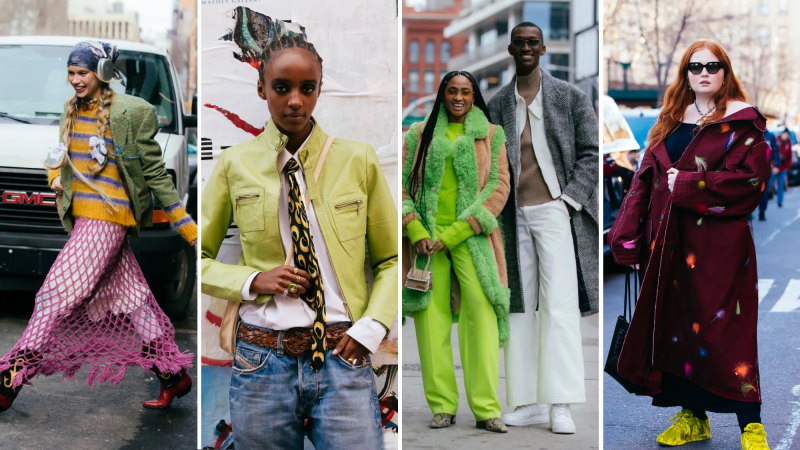
The Unseen Battle: Why You Feel Cold
Before you even think about fabrics, you need to know what you’re up against. Your body is a furnace, and it’s constantly losing heat in a few key ways. Every single piece of effective winter clothing is designed to fight one of these heat thieves. Get this part, and you’re halfway there.
1. Conduction: Losing Heat Through Touch
This is heat transfer from direct contact. Sit on a cold metal bench, and you feel the warmth getting sucked right out of you. With clothing, the biggest villain here is moisture. Water pulls heat away from your body about 25 times faster than air does. This is why getting wet in the cold is so dangerous. A cotton shirt soaked in sweat will make you shiver, even under a thick parka.
2. Convection: Losing Heat to Moving Air
This is heat loss from air movement—think wind chill. The wind strips away the tiny pocket of warm air that your body naturally creates right next to your skin. The entire point of insulation is to stop this process. Good insulation works by trapping tons of still air. That trapped air is a terrible conductor, so it acts like a buffer between you and the cold.

3. Radiation: Losing Heat to the Environment
Your body is always radiating heat outwards, like a tiny bonfire. You can feel it when you stand near a freezing cold window. While this is a smaller factor for most everyday clothes, it’s the science behind those shiny emergency space blankets and some high-tech jacket liners that use a reflective layer to bounce your own body heat back at you.
So, every choice you make—from socks to hats—is about managing moisture (fighting conduction) and trapping air (fighting convection). Simple, right?
The Building Blocks of Warmth: A No-Nonsense Fabric Guide
A piece of clothing is only as good as its materials. Let’s break down the stuff that actually works, based on years of seeing what holds up and what fails.
Base Layers: Your Critical First Defense
The job of your base layer isn’t really to keep you warm—it’s to keep you dry. It has one mission: move sweat away from your skin to stop conductive heat loss. This is the most important layer, and honestly, it’s where most people go wrong.
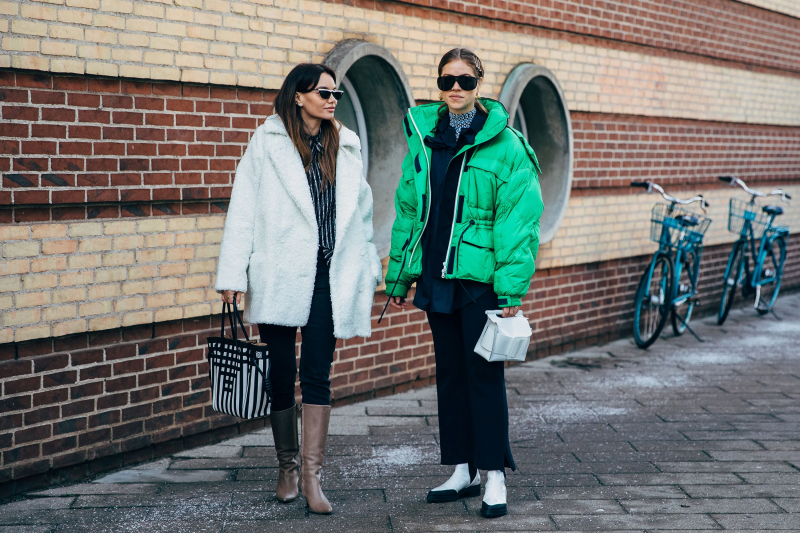
- Merino Wool: This is my go-to recommendation. The fibers are super fine, so it’s soft, not itchy. It can absorb a shocking amount of moisture before it even feels wet, keeping you comfortable. Better yet, it still insulates when it’s damp and it’s naturally odor-resistant. For a budget-friendly option, Uniqlo’s Heattech is a decent starting point, often around $20-$30. For a serious upgrade in comfort and durability, look at brands like Icebreaker or Smartwool, which will run you closer to $60-$90 per piece, but they last for years.
- Synthetics (Polyester/Polypropylene): These fabrics don’t absorb moisture; they actively push it away from your skin. This makes them fantastic for high-sweat activities like winter running or skiing. The main downside? They can get stinky, fast. While they’re great for performance, I find merino is just more pleasant for everyday wear.
- The One to Avoid: Cotton. I can’t say this enough. There’s an old saying in the outdoor world: “Cotton kills.” And it’s not an exaggeration. Cotton is a sponge. When it gets wet, it loses all its insulating ability and actively pulls heat from your body. I once helped a guy on a trail who was shivering violently in a $700 jacket simply because he was wearing a sweat-soaked cotton hoodie underneath. We had to get him into a dry layer, fast. That’s how serious it is. Just don’t do it.
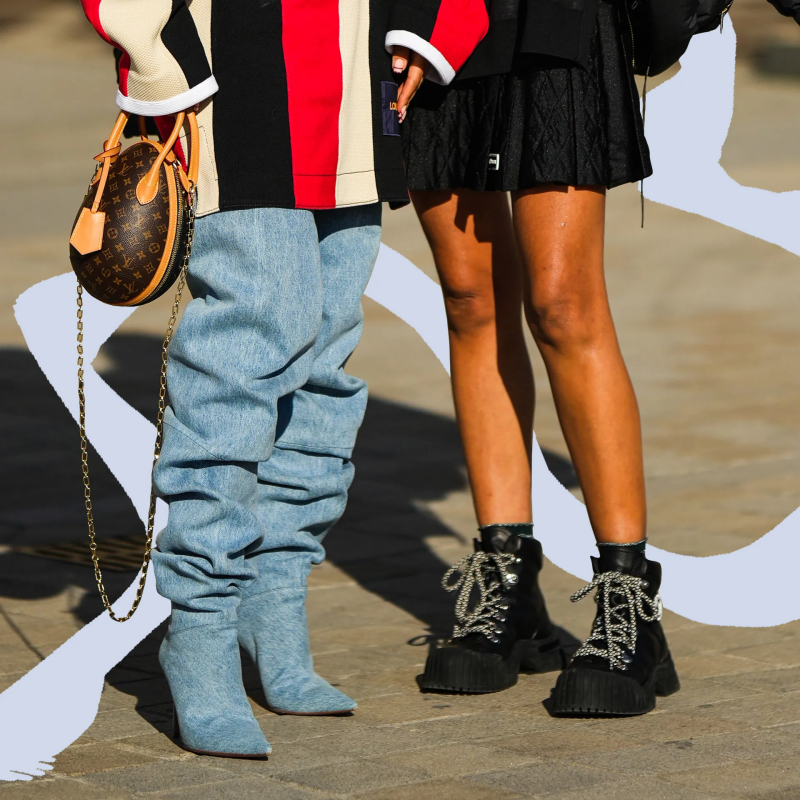
Mid-Layers: Your Personal Thermostat
This layer’s job is to trap air, providing the insulation that keeps you toasty. This is where you get your real warmth from.
- Fleece: The undisputed workhorse. It’s a polyester fabric that’s brushed to create a lofty pile that traps a ton of air. It’s tough, dries in a flash, and isn’t too expensive. You’ll see it sold by weight: 100, 200, or 300. Quick tip: Think of a 100-weight as a light sweater, a 200-weight as your standard, all-purpose fleece jacket, and a 300-weight as a super warm, bulky piece for very cold, dry days.
- Down Insulation: By weight, nothing beats the insulating power of down (the fluffy stuff from geese or ducks). Its quality is measured in “fill power”—a number like 650, 800, or 950. A higher number means more air trapped for less weight, giving you a lighter, warmer jacket. But down has a fatal flaw: it’s useless when it gets wet. The fluff collapses and loses all its insulating power.
- Synthetic Insulation: This is the modern answer to down’s moisture problem. Materials like PrimaLoft are designed to mimic down’s structure but are made from water-resistant polyester filaments. They keep you warm even when damp.
So, Down or Synthetic? It’s a common question. To be frank, there’s no single best answer, just what’s best for you. Down is lighter and more compressible for the same warmth, making it the king for cold, dry conditions. A good 650-fill-power jacket from a brand like REI or Eddie Bauer might cost you $150-$250. But if you live somewhere damp and cold, like the Pacific Northwest or the UK, synthetic is often the smarter, safer bet. It’s slightly heavier and bulkier, but that wet-weather performance is priceless. A high-end, 850-fill-power down jacket from a top-tier brand can easily be $400 or more, while a comparable synthetic jacket will often be a bit cheaper and more forgiving.
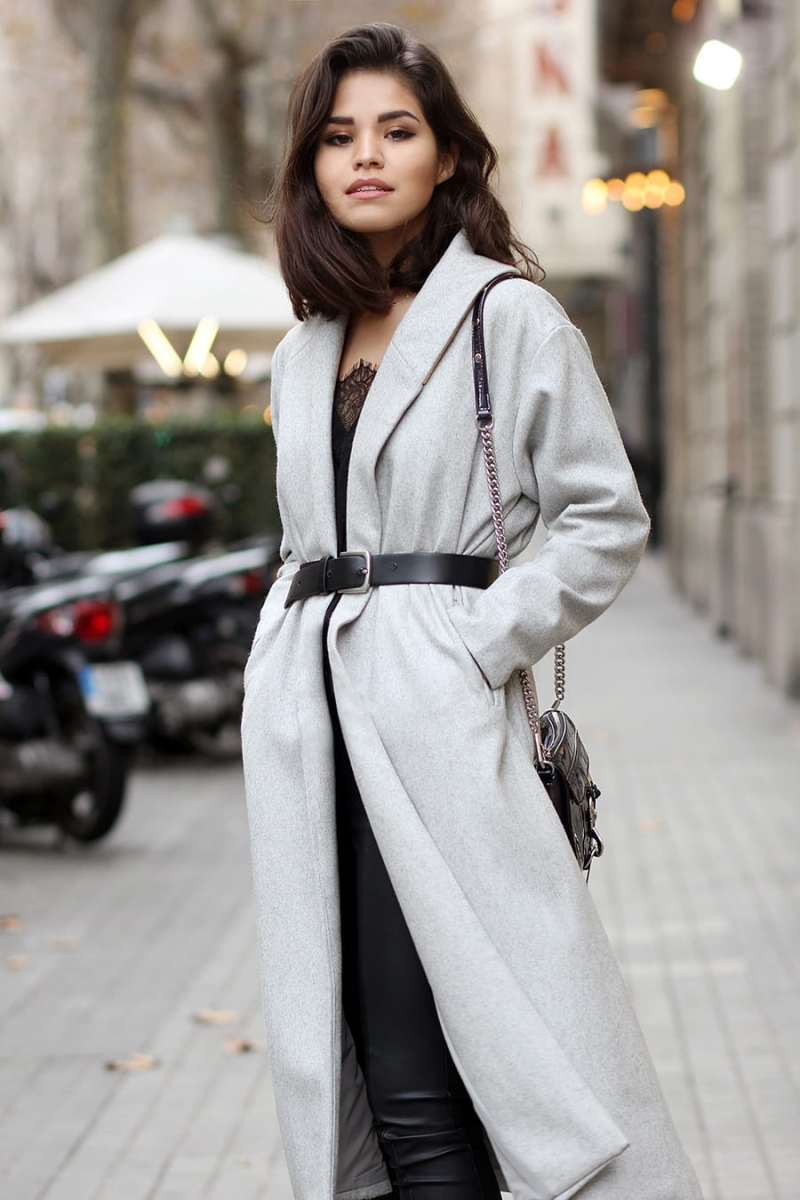
Outer Layers: Your Weatherproof Shield
The outer layer, or shell, is your armor. It protects you and your precious insulation from wind and water.
- Hard Shells: These are your 100% waterproof, 100% windproof jackets. They use a special membrane (you’ve probably heard of Gore-Tex) with microscopic pores that let your sweat vapor out but block rain and snow from getting in. Heads up: Always look for a jacket with “fully taped seams.” It’s a detail that ensures no water leaks through the stitch holes.
- Soft Shells: For most non-rainy days, a soft shell is way more comfortable. It’s a stretchy, breathable fabric that’s highly wind-resistant and can shed light snow or a quick shower. It’s not for downpours, but for dry, cold weather, its breathability makes it much nicer to wear than a crinkly hard shell.
- Wool Overcoats: Don’t forget the classics! A heavy wool coat, like a traditional pea coat, is a fantastic outer layer for city life. Dense wool is naturally wind- and water-resistant and offers great warmth. It’s a timeless look that is still incredibly functional.
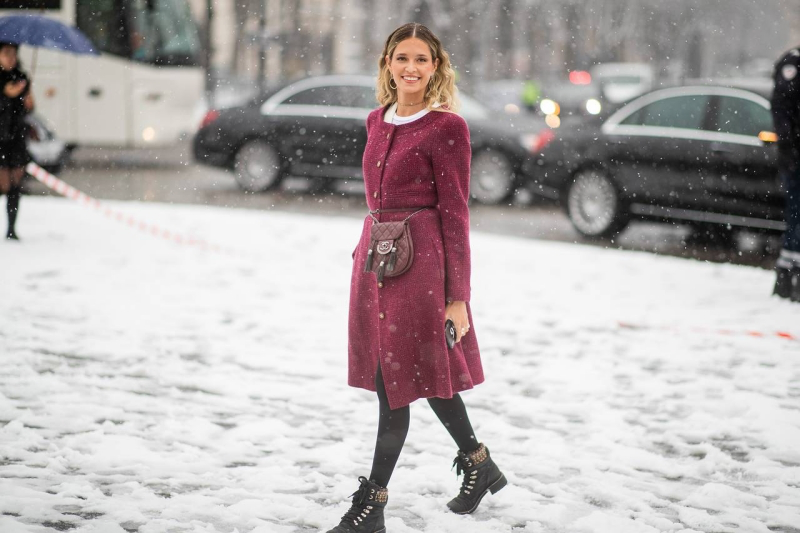
Putting It All Together: The Art of Layering
Layering is a system, not just a pile of clothes. The goal is to fine-tune your comfort by adding or removing layers as your activity level or the weather changes. Think of it like this:
1. Base Layer: Fits snugly against your skin to wick away moisture.
2. Mid-Layer(s): This is your insulation. It should fit easily over your base layer without being baggy. You can even use two thinner mid-layers (like a fleece and a light puffy vest) for more versatility than one bulky one.
3. Outer Layer: Your shield. It needs to be roomy enough to fit over ALL your other layers without squishing them. Compressing your insulation, especially down, squeezes out the trapped air and kills its warming power.
Top 3 Layering Mistakes to Avoid
From my experience, almost everyone makes one of these three mistakes. Avoid them, and you’ll be miles ahead.
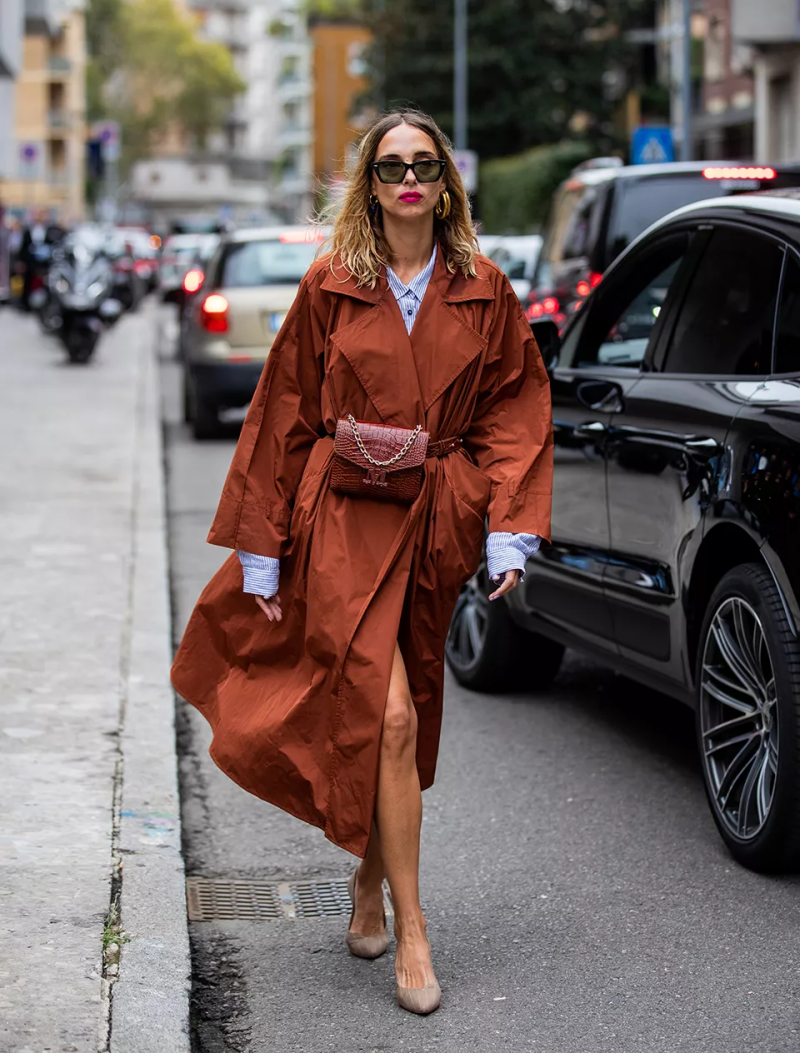
- Wearing a Cotton Base Layer. We’ve covered this, but it’s the number one sin. A cotton t-shirt under a fancy jacket is a recipe for getting chilled.
- Buying Outerwear That’s Too Tight. That sleek, fitted shell looks great in the store, but if you can’t fit an insulating layer under it without it becoming tight, it’s useless for true cold. You need room for air to be trapped.
- Starting Out Too Warm. If you feel perfectly toasty before you even step outside to shovel snow or walk the dog, you’re overdressed. You should feel slightly cool when you first head out. Your body will generate heat once you start moving, and this prevents you from immediately overheating and sweating.
The Finishing Touches: What Really Matters
Okay, let’s nail down the details that separate the truly comfortable from the cold and miserable.
Footwear: Your Unsung Hero
Cold feet are the worst. But here’s a secret: your socks are often more important than your boots. Always, always wear wool or synthetic socks. Never cotton. I promise, one pair of good merino wool socks will do more for you than a $300 pair of boots with cotton socks.
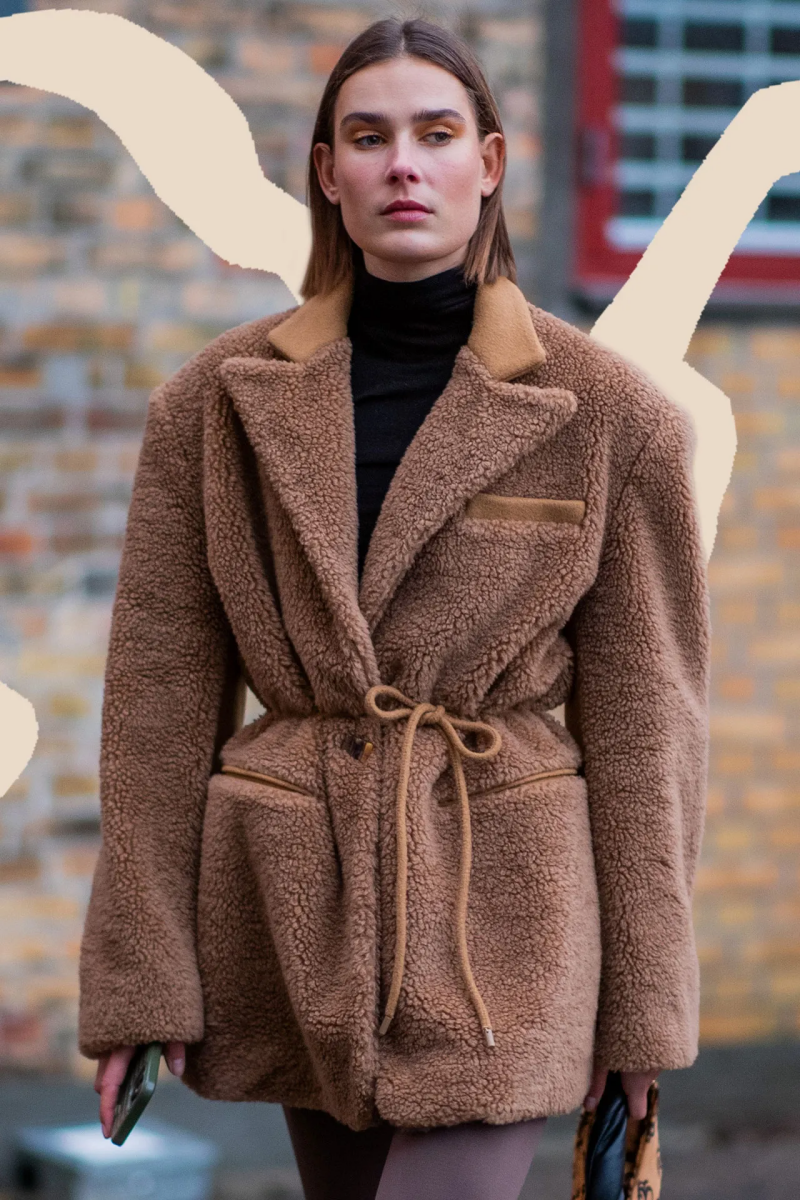
When you’re boot shopping, look for insulation rated in grams (e.g., 200g or 400g). A good rule of thumb: 200g insulation is great for active city use down to about 20°F (-7°C), while 400g is better if you’re standing around a lot or for temps dipping into the single digits. Make sure there’s enough room for a thick sock without your toes being crammed—that cuts off circulation and makes your feet cold.
Quick Win: Want to be 25% warmer tomorrow for under $25? Go buy ONE pair of good merino wool socks from a brand like Darn Tough or Smartwool. Wear them instead of your usual cotton ones. You will feel the difference immediately. It’s the best bang-for-your-buck upgrade you can make.
Head, Hands, and Neck: Seal the Leaks
You lose heat from any exposed skin. Covering up these gaps is a game-changer.
- Hats: A simple fleece or wool beanie is great. If it’s windy, one with a wind-blocking liner is even better.
- Gloves vs. Mittens: Simple: mittens are always warmer. Your fingers share heat. For the best of both worlds, use a thin pair of liner gloves inside a big, insulated mitten.
- Neck Gaiters: A scarf looks classic, but a fleece or wool neck gaiter (sometimes called a buff) is more practical. It seals the drafty gap around your coat collar perfectly without any dangling ends.
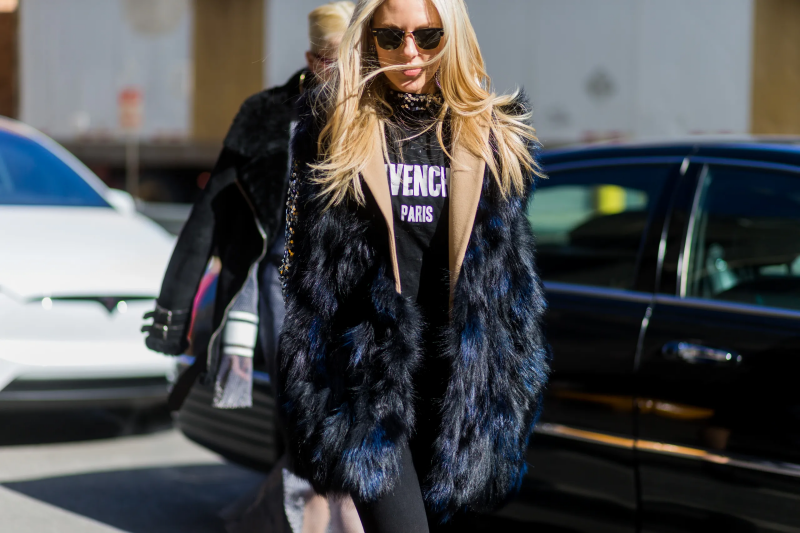
A Final Word on Care and Cost
Good gear is an investment, so you need to take care of it. When it comes to washing your technical jackets, never use regular laundry detergent or fabric softener. They can ruin the water-repellent finish and clog the breathable membrane. Instead, use a specialized soap like Nikwax Tech Wash or Grangers Performance Wash, which you can find at any outdoor store. For down, use a down-specific soap and tumble dry on low with a few clean tennis balls to break up the clumps.
Yes, quality winter clothing can seem expensive. But buying a cheap, ineffective coat every two years costs more in the long run and leaves you cold. If you’re starting from scratch, here’s your shopping list:
- A good non-cotton base layer: ($25 – $80)
- A versatile 200-weight fleece jacket: ($50 – $120)
- A decent waterproof/windproof shell: ($150 – $350)
With just those three pieces, you have a system that can handle the vast majority of winter conditions for years to come. You’re not just buying clothes; you’re buying comfort and safety.

Inspiration:
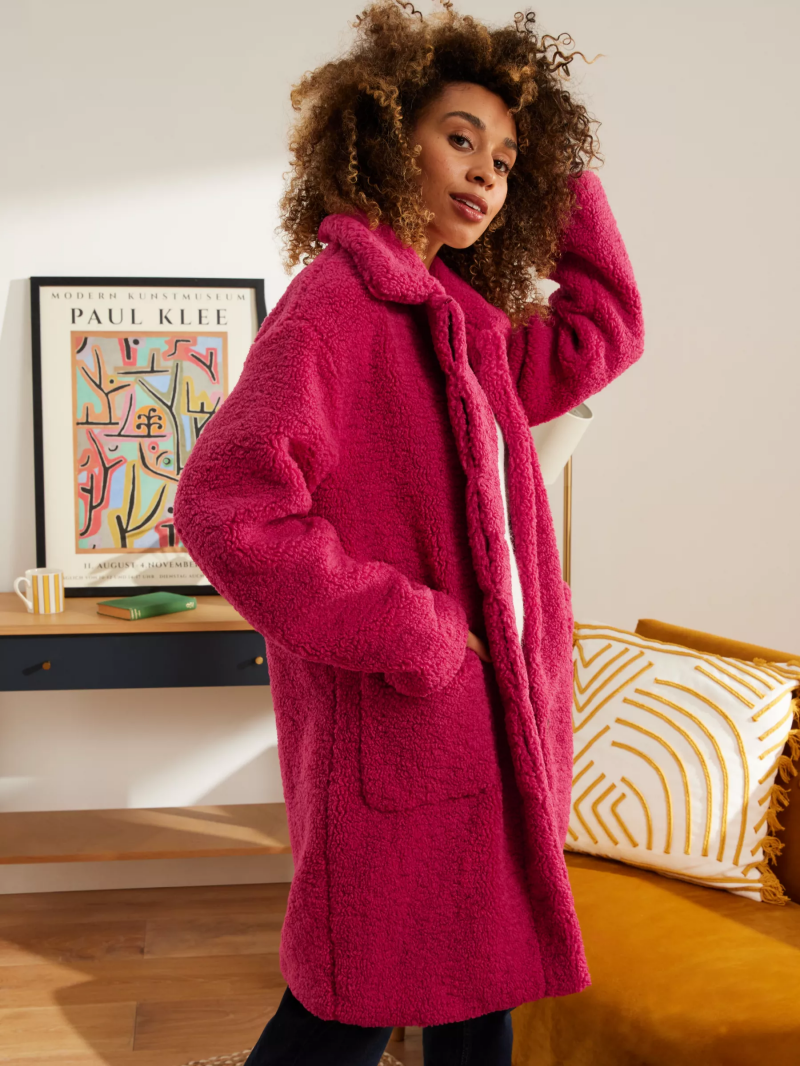

Why do I feel freezing when standing still, even in my expensive ski jacket?
Your high-tech shell is likely designed for activity. When you’re moving, your body generates significant heat, and the jacket’s job is to let moisture escape while blocking wind. When you stop, your internal furnace dials down, but the heat loss continues. For static situations like waiting for a bus or watching an outdoor game, you need insulation that excels at trapping air without relying on your body heat production. This is where thick down parkas (like those from Rab or The North Face) or synthetic insulators like PrimaLoft Gold shine, creating a powerful buffer of warm air around you.
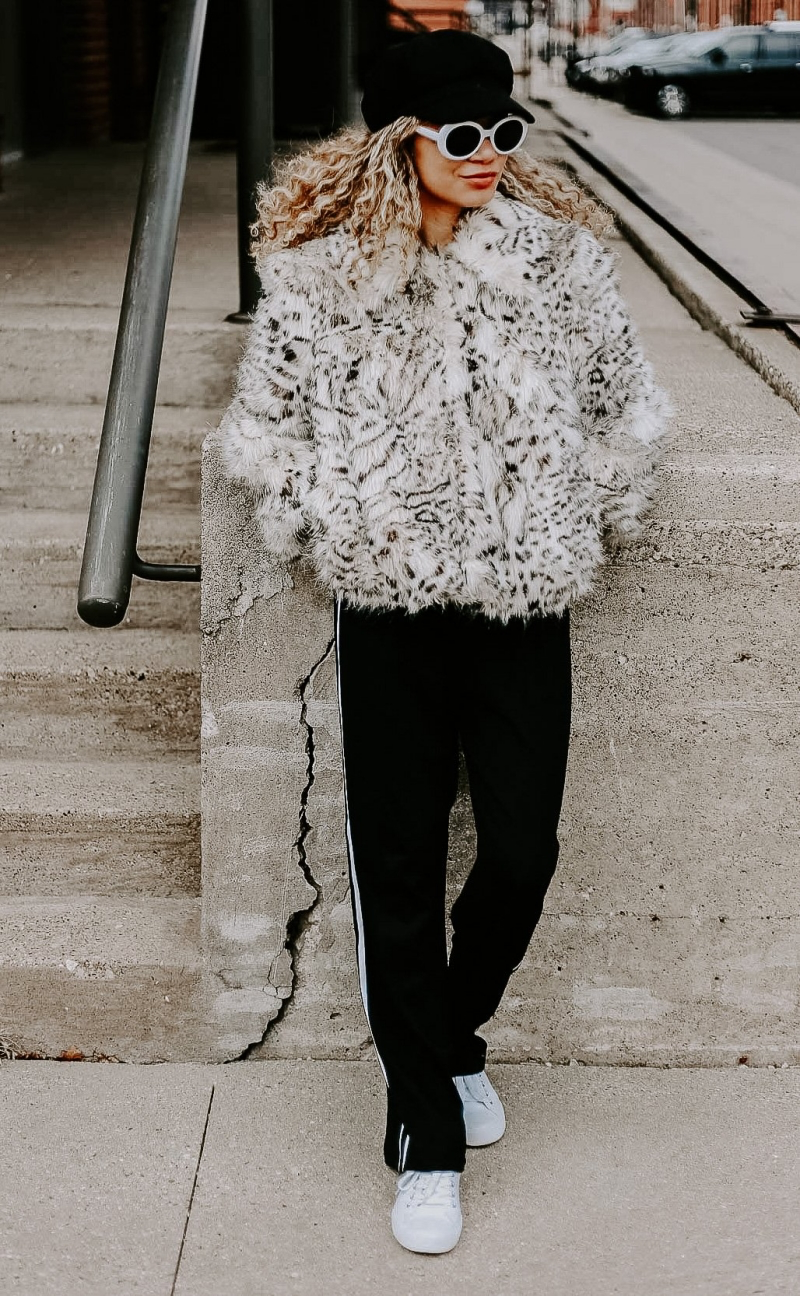
A down jacket’s ‘fill power’—often ranging from 550 to 900—isn’t about warmth, but quality. It measures the volume in cubic inches that one ounce of down occupies.
In simple terms, higher fill power means the down clusters are larger and loftier. They trap more air for their weight, offering better insulation without adding bulk. This is why a lightweight 800-fill jacket can be much warmer than a heavier, puffier 600-fill one.
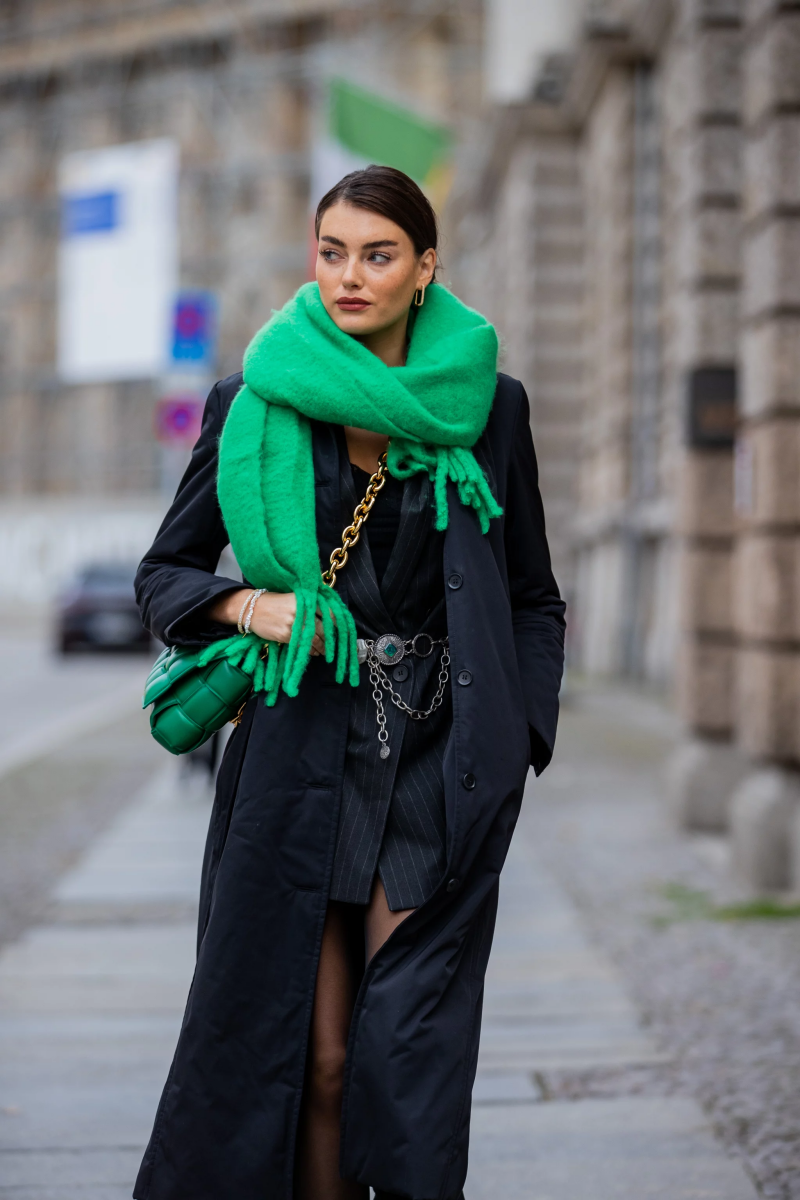
Base Layer – Merino Wool: Naturally odor-resistant, soft, and it insulates even when damp. Ideal for multi-day trips or for those who prefer natural fibers. Brands like Smartwool or Icebreaker are market leaders.
Base Layer – Synthetics: Excels at wicking sweat away from the skin, drying incredibly fast. It’s more durable and often more affordable. Perfect for high-intensity activities. Look at options from Patagonia’s Capilene line.
Your choice depends on your activity and personal preference, but never choose cotton.
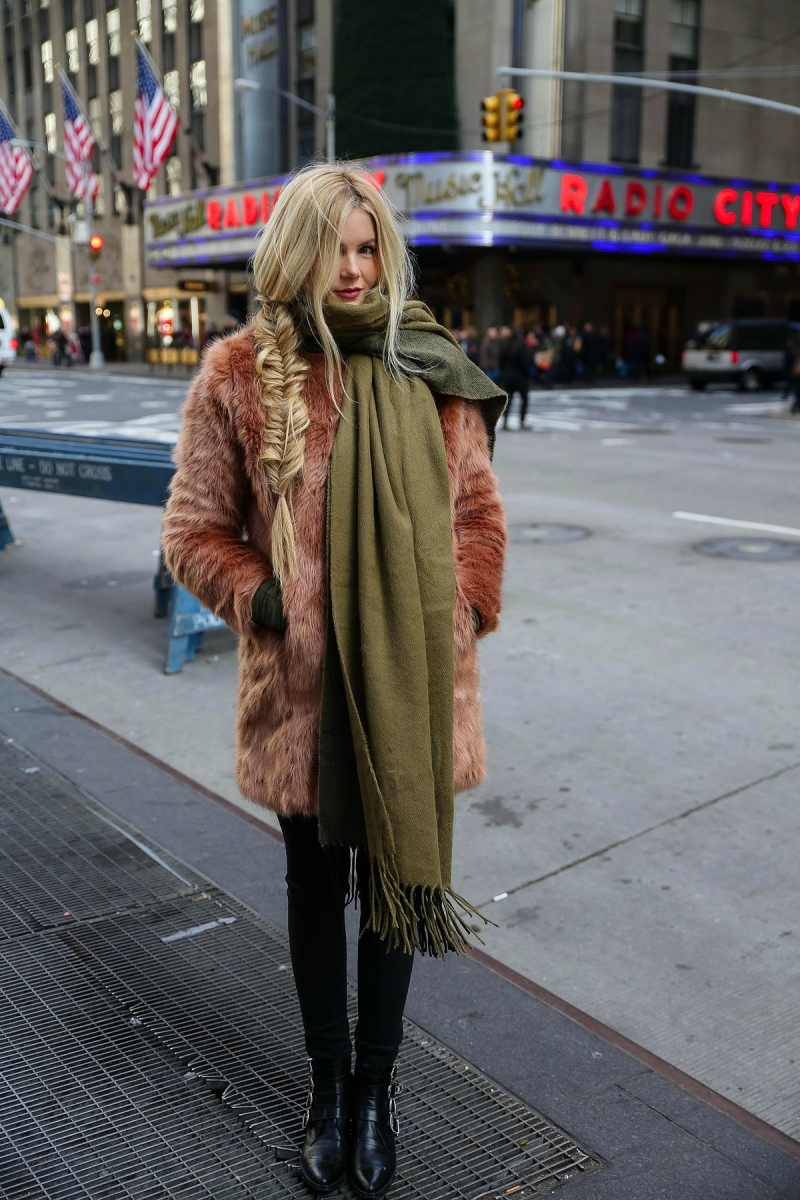
The Scandinavian approach to winter comfort goes beyond a single coat. It’s about building a personal ecosystem of warmth. The focus is on high-quality, natural fibers that feel as good as they perform. Think of a classic Norwegian wool sweater from a brand like Devold, layered over a simple long-sleeve tee for indoor coziness, which then becomes the perfect mid-layer under a shell for heading outdoors. It’s a fluid system where comfort and function are one and the same.
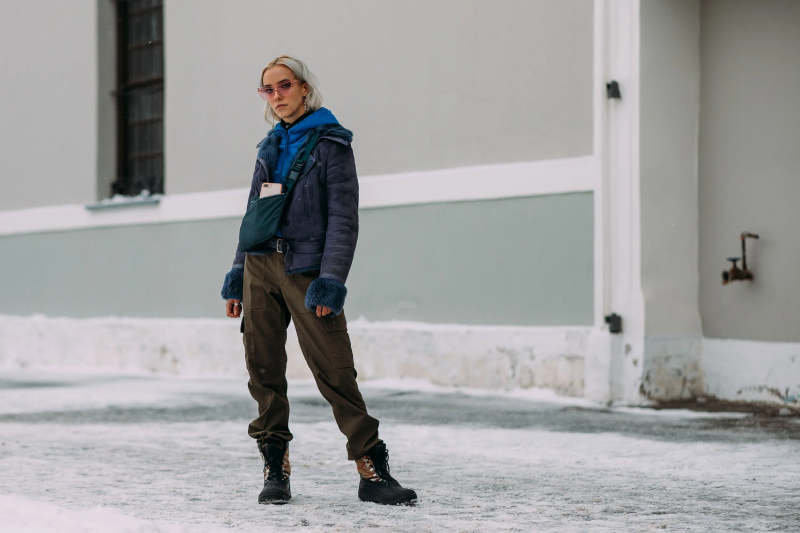
- Base Layer: Its only job is to move sweat away from your skin. Must be synthetic or merino wool.
- Mid-Layer: This is your insulation. It traps body heat to keep you warm. Options include fleece, a down vest, or a wool sweater.
- Outer Layer (Shell): This protects you from the elements. It should be waterproof and windproof, like a jacket using Gore-Tex or a similar membrane.
The critical mistake: Focusing entirely on your coat while neglecting your extremities. Your body loses a significant amount of heat through your head, hands, and feet. A warm hat, insulated gloves, and, most importantly, non-cotton wool socks (like those from Darn Tough or Smartwool) are non-negotiable tools for staying genuinely warm.










